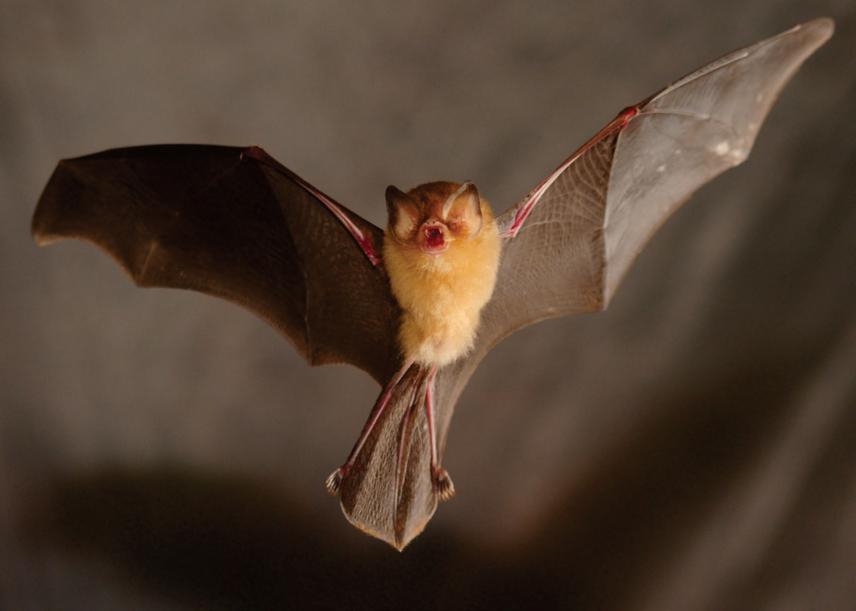Lida Sánchez Sánchez
Aims of this project:
- To describe the activity pattern and distribution of this bat species through the cave
- To describe the two dimensional use of the cave entrance by this species

The aims of my project are to describe the activity pattern and distribution of this bat species through cave “La Barca” and describe the two dimensional use of the cave entrance by this species. To develop these two aims we will record and describe the echolocation calls from Natalus primus. This will be essential to recognize this species through the other 11 bat species that inhabits the cave. The activity pattern and distribution will be asses using automatic recording units (Song Meters) located in different galleries of the cave recording 24 hours. During the night exodus we will determine which parts of the cave entrance are used by this species. These experiments will be done during 7- to 10 days, every two months within 2015.
The information gathered through these experiments will complement the knowledge about the natural history of this species, which is scarce, and undoubtedly will contribute to develop conservation management plans. Together with the acoustic recordings, educational activities will be developed in a community near to the cave (34 km) called La Bajada. People from this community and park rangers will receive educational talks and training, to keep long-term monitoring activities and to protect the cave in which this bat species inhabits.